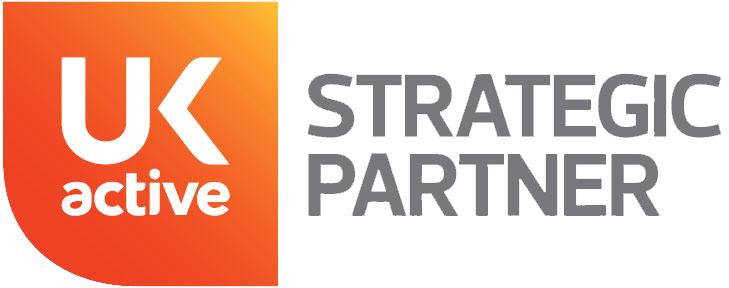Productivity is one of the key areas for any successful business. As technology develops, how to keep productivity levels high for your staff is wide-ranging. As your business grows, you need to know the areas you need to watch that could impact and reduce productivity levels amongst your team.
The Challenge
Key to productivity is the issues that the COVID-19 pandemic raised. Hybrid and remote working have become a normal way of life. For many businesses upgrading their operational infrastructure happened quickly in order to keep up with demand or pivot a business to keep it afloat.
With hybrid and remote working, came the increased pressure of sedentary lifestyles. The significance of mental and physical wellbeing to productivity has become key to understanding productivity, with greater stress now being paid to creating work environments conducive to productivity.
For all businesses, increasing productivity has meant re-assessing the traditional notions of what productive environments look like.
Here are the areas you need to watch for improved productivity in your business:
1. Securing your infrastructure with trusted devices
More and more businesses are using remote workers or allowing their employees more freedom to choose their hours in the office. Often businesses allow employees to use their own devices, commonly known as BYOD. For this to work, you can’t always trust that employees are making the right decisions, so an infrastructure is necessary.
A secure infrastructure should set the basic requirements for trusted devices using your network. This includes ensuring that devices are up to date and have a good antivirus programme and a strong password. Keeping untrusted devices of the network can be done by using reverse proxies, edge computing or connecting to remote virtual desktops.
Consider using a managed browser which enforces necessary security controls and data prevention. You don’t then have to rely on each employee to input the necessary changes themselves. This reduces administrative or operational tasks, which can increase an employee’s productivity within their own tasks.
2. Conducting regular security assessments and updates
Regular security assessments are imperative to keeping your employees as productive as possible. Identifying vulnerabilities or malicious actors can prevent any one piece of malware or malicious actor from stopping all work in its tracks.
Penetration testing, a process that simulates real-world attacks, can help a business gain insight into the effectiveness of its security measures. This approach is proactive and can expose weak points on a regular basis. That means you can keep your employees up-to-date with new measures, reducing the time they spend responding to network problems.
3. Creating a framework for remote workers and personal tasks
A recent survey found that 48% of remote workers are completing some household tasks like cleaning throughout the day. For many people, remote work allows employees the flexibility to take on some basic maintenance or cleaning tasks throughout the day. But what if flexible hours lead to decreased productivity?
It’s a good idea to create a basic agreement with hybrid or remote workers as to how they spend their time. Not regimenting what they can do throughout the day, but outlining what is expected of them if they continue to work from home. This can be setting a specific set of working hours or enforcing consequences for deadlines whilst working from home if they aren’t met. The aim should be to offer flexibility alongside their particular working styles.
4. Producing a structure for onboarding and recruitment
The best way to ensure a greater level of productivity is to make sure when they start the business that they are organised and knowledgeable. To help new employees transition to new roles in the business, make sure they have a basic onboarding process.
An onboarding process should educate new hires on their role, help them understand the company’s culture, and teach them the company’s methods. You’re more likely to have more knowledgeable new employees in a much shorter time, meaning a better and more prepared employee.
5. Implementing tools for time management
Integrate technology that will help employees prioritise and set achievable goals. These can be software tools such as Asana and Trello. These tools can set training objectives which will help them apply what they use in real-world examples. These applications can help you manage tasks, set deadlines, and monitor progress.

Software tools like this can also help you address stress or overscheduling. A poorly managed platform could be an indication of stress and decreased productivity. Organising with platforms like these can help you to centralise tasks and balance an employee’s workload. When you see difficulties arise, this could be an opportunity for hybrid or remote working.
6. Employee engagement through recognition and development
Engaged employees are invested in an organisation’s success. A good way to boost employee engagement and productivity is to offer development programmes that reward their service. They should provide opportunities to upskill, with training, workshops and career development that makes employees feel valued.
You can also single out employees or departments and recognise their work. It can help employees feel included and appreciated. Happier workers are more productive workers, especially if they gain a sense of accomplishment from recognised parameters of success.
Conclusion
Productive employees make a difference in every business. Ensuring that you keep abreast of the technological advancements can help you utilise them in an effective way. Happier employees are more productive ones, so opportunities for career development can help improve efficacy.








